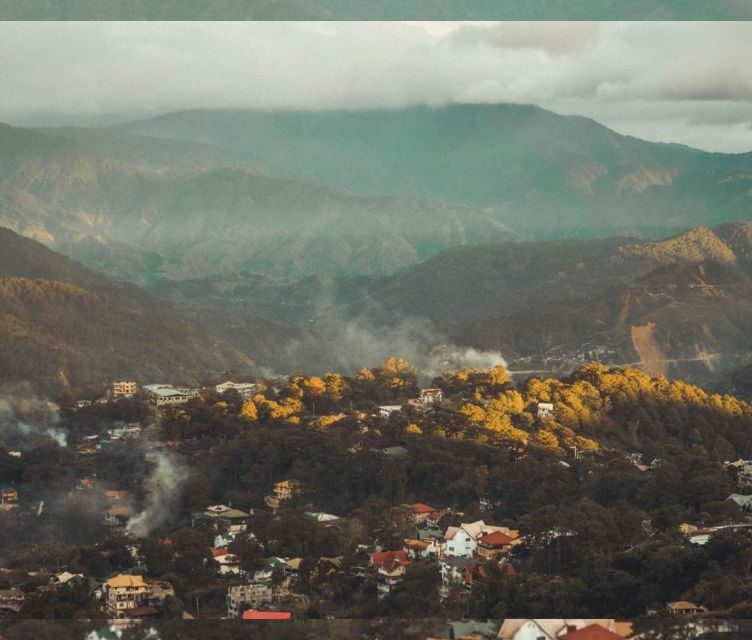TRASLACION 2025, one of the most anticipated religious events in the country, drew more than 8 million devotees on Thursday, January 10, 2025.
However, it was also one of the longest procession in recent history.
The Minor Basilica and National Shrine of Jesus Nazareno, also known as the Quiapo Church, announced that a total of 8,124,050 individuals attended the annual religious event in Manila this year.
Meanwhile, the National Disaster Risk Reduction and Management Council (NDRRMC) reported that millions upon millions attended the procession of the image of Jesus Nazareno.
The total was calculated based on three areas monitored: the Quirino Grandstand, Quiapo, and the procession itself. The NDRRMC and Quiapo Church had the same count in Quiapo and procession, but not in Quirino.
Given that this was one of the most congested Traslacions in recent memory, it is reasonable to expect it to slow down as well. Citing a few more factors that significantly impeded the movement of the andas or carriage.
What slowed it down?
At approximately 4:40 a.m. on Thursday (January 9), the parade officially began. Despite the expectation of finishing early due to recent time records, it arrived in Quiapo about 1:25 a.m. Friday (January 10).
Last year’s Traslacion was by far the smoothest, but this year’s was the polar opposite, with the movement of the andas halting as early as 5:00 a.m. due to the heavy flow of devotees.
According to reports, the devotees were trying to climb to the figure of Jesus Nazareno, causing the carriage to slow down and become stranded for more than an hour before arriving at the National Museum at 7:27 a.m.
Local authorities who were monitoring the situation verified that one of the ropes used to pull the andas snapped, slowing the procession due to an imbalance.
The Nazareno Operations Center reported that the second rope snapped near San Sebastian Church. Devotees were compelled to push the image after losing both ropes that were used to pull it.
In later reports, the “Dungaw” or ‘La Mirata’ took place later, about 6:00 p.m., when the andas arrived at Plaza del Carmen, San Sebastian Church. Last year, the rite took place at precisely 2:57 p.m.
Aside from losing the two ropes, climbing or riding on the carriage, which was highly prohibited by officials, is one of the reasons why it slowed down, placing greater strain on the andas while devotees pushed it.
Historic numbers
While the duration of the procession has been on a decline since 2019, without considering the years 2021 to 2023 owing to the COVID-19 pandemic, this year’s Traslacion bucked the trend by ending at almost 21 hours.
This was substantially slower than the Traslacion in 2020, which concluded in 16 hours and 36 minutes, as well as the record of 14 hours and 59 minutes set by 2024.
This surprised the Quiapo Church, which expected fewer people to participate in the Traslacion because parishes across the country were also planning their own Nazareno masses and celebrations.
However, the estimated number of devotees who attended this year’s Nazareno feast, that was 8,124,050, is far greater than the 6.5 million in 2024 and the 4 million in 2019’s Traslacion.
How useful was this post?
Click on a star to rate it!
Average rating 0 / 5. Vote count: 0
No votes so far! Be the first to rate this post.
We are sorry that this post was not useful for you!
Let us improve this post!
Tell us how we can improve this post?







